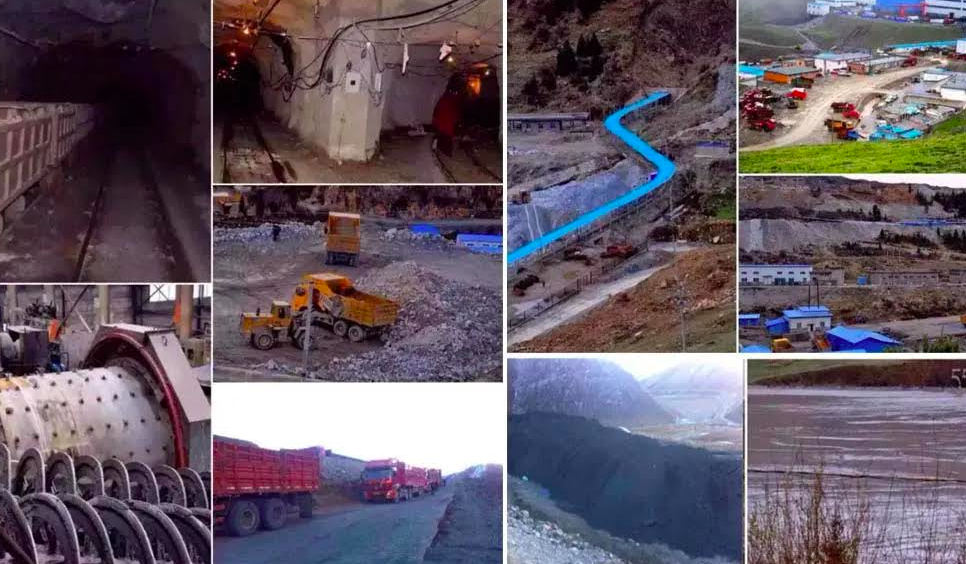By Sheela Bhatt in New Delhi
If China recognises India’s sovereignty over Sikkim it may gain increased leverage on border disputes in Arunachal Pradesh and Jammu and Kashmir, and get more access to the expanding Indian market, Srikanth Kondapalli, China scholar and research fellow at the Institute of Defence Studies and Analysis, told rediff.com.
Media reports have suggested that intense efforts are underway to resolve Sino-Indian differences on the Sikkim issue before Prime Minister Atal Bihari Vajpayee’s scheduled visit to China next month.
Sikkim joined India in 1975. At that time China had taken ‘strong’ objection to the merger terming it as ‘illegal occupation by India’. The Chinese position, the analyst said, was in sharp contrast to India’s recognition of Tibet as an integral part of China.
In fact till the middle of the 1990s China had been vocal in its opposition to the merger. The decibel levels, however, reduced after a détente between the two countries in 1995-96, when the then Indian Prime Minister Narasimha Rao inked an agreement with his counterpart Li Peng.
The March 2002 visit by Foreign Minister Jaswant Singh, Kondapalli said, while further softening China’s stand on Sikkim, did not, as the Indians wanted, culminate in Beijing fully acknowledging Indian sovereignty over the state.
But China, in a tactical move, virtually granted India political legitimacy over the state. Such a move, the analyst said, has kept India pegged to its traditional position on Tibet, while increasing China’s leveraging power on the issue of border trade with India.
“Sino-Indian border trade is valued at over $100 million. This trade can be facilitated if the route through Sikkim is opened up,” Kondapalli said. “Sikkim is lifeline of Tibet. For the better management of Tibet China needs to regularise supplies of food items through Sikkim.”
Moreover, any border trade between Sikkim and China, worth millions of dollars according to some estimates, can be extended till Kalimpong in West Bengal and further to Bangladesh.
Many years back the Yatung area in Tibet had a flourishing trade with Sikkim and China’s aim, he said, is to revive it.
If the Sikkim route is opened up China can think of using Siliguri corridor to reach Bangladesh.
China, Kondapalli said, seems to be thinking on the same lines. He pointed to the recent defence agreement signed with Bangladesh as China’s first step towards inching its way to the Siliguri corridor.
The 180-km long corridor is also the lifeline of Indian Railways and the Indian military. Any opening up of this region, the analyst said, will have to take into account security considerations.
China has also started constructing railway lines from mainland Tibet to the Indian border. By 2007, the lines are expected to be operational.
The construction of such an ambitious railway network, when seen in the context of the defence pact with Bangladesh, throws light on the Chinese plan of setting up a supply corridor stretching from Bangladesh, West Bengal, Sikkim and all the way into mainland Tibet, he said.
Kondapalli has written two books on China — one on its army and the other on its navy. He is currently writing a book on China’s air force.









